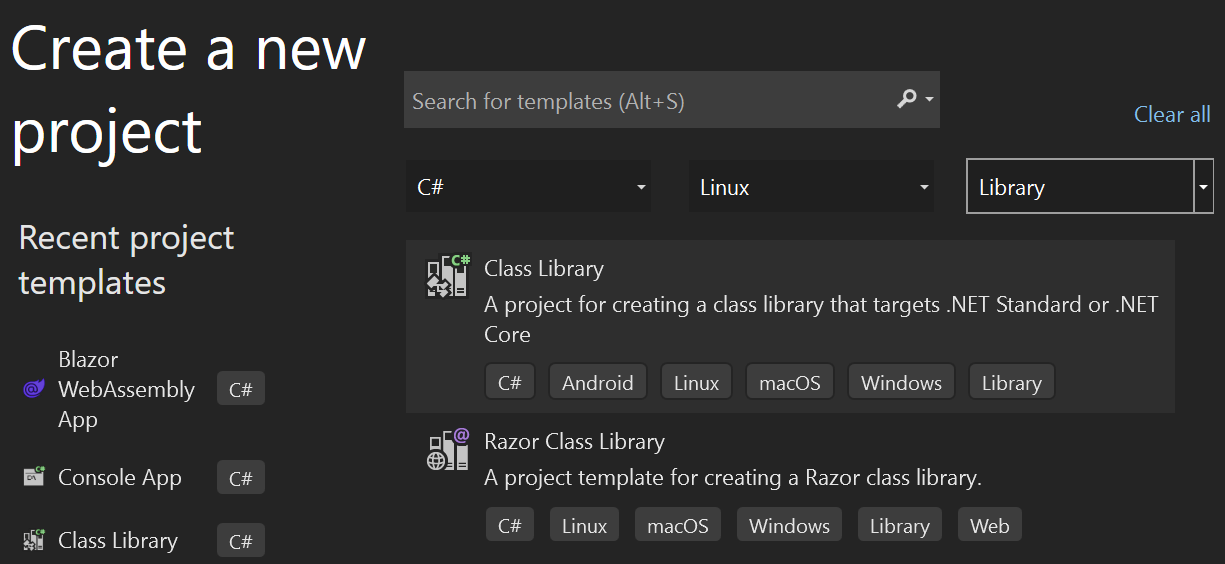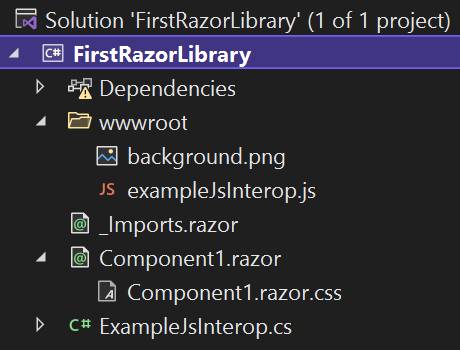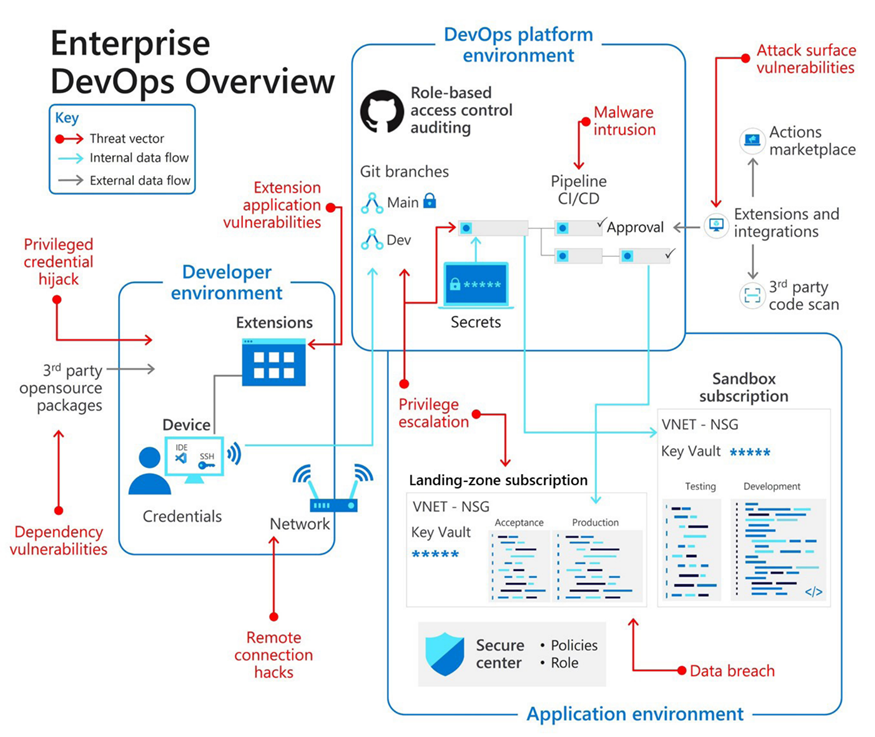The injection category describes instances when an application accepts data as input and processes it as instruction instead of as data.
Let’s consider how your team’s application handles input data.
.NET provides built-in capabilities for data annotation and validation. The attributes from the System.ComponentModel.DataAnnotations namespace can decode your data model to provide the necessary validation functionality. Email, phone, credit card, or date validators are only a few examples of the built-in validators that can spare you the effort of writing and maintaining custom code.
C#
Copy
using System.ComponentModel.DataAnnotations;
public class ExampleModel
{
[Required]
[StringLength(10, ErrorMessage = “Name is too long.”)]
public string? Name { get; set; }
[Required]
[Range(typeof(bool), "true", "true", ErrorMessage = "Unapproved design.")]
public bool IsValidatedDesign { get; set; }
}
SQL injection
Injection attacks can take many forms; for example, SQL or command injection.
The following statement is a simple example of SQL injection, where username in an unsanitized query input parameter:
SQL
Copy
string sql = “SELECT * FROM users WHERE name = ‘” + username + “‘;”;
In absence of user input validation, a malicious actor could supplement a genuine user name for a crafted part of a SQL statement a’;DROP TABLE users;– resulting in a change of query intentions:
SQL
Copy
SELECT * FROM Users WHERE name = ‘a’;DROP TABLE users;–
As a result, the table containing user information is removed from the database. In a similar way, you can craft statements to extract data before data table deletion.
File input validation
In client-server scenarios, make sure the input is validated on both the client and the server side. Additionally, if validation passes on the server, process the form and send a success status code (200 – OK). However, if validation fails, return a failure status code (400 – Bad Request) and the field validation errors. Validation details from the server might give the malicious actor more insights on how your app logic works if they’re displayed on the client side.
Input validation also includes the way you handle file uploads. Consider an ASP.NET Blazor component handling user file uploads. The component checks for correctness before uploading the file to Azure Blob Storage. It includes extension and maximum file size inspection, and overrides the supplied filename with a random name.
C#
Copy
@code {
private string[] permittedExtensions = { ".txt", ".pdf" };
private long maxFileSize = 1024 * 15;
private async void LoadFile(InputFileChangeEventArgs e)
{
if (e.File != null)
{
if (e.File.Size == 0 || e.File.Size > maxFileSize)
{
// log error
}
else
{
var ext = Path.GetExtension(e.File.Name).ToLowerInvariant();
if (string.IsNullOrEmpty(ext) || !permittedExtensions.Contains(ext))
{
var trustedFileNameForFileStorage = Path.GetRandomFileName();
await new BlobContainerClient("connection", "blob").UploadBlobAsync(trustedFileNameForFileStorage, e.File.OpenReadStream());
}
}
}
}
}
itil certification training courses malaysia



